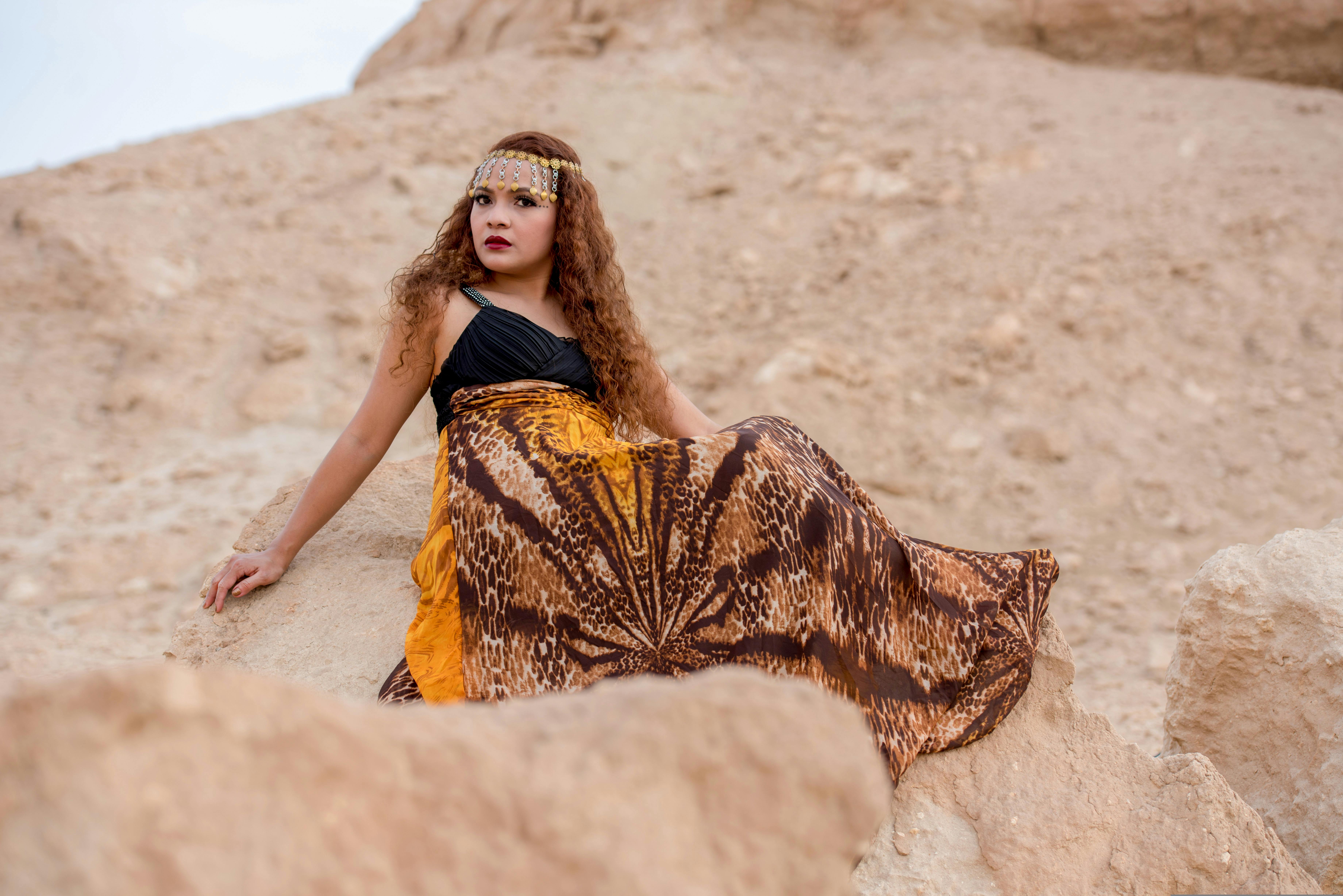Hair thinning is the result of gradual, non-genetic hair loss that can be caused by a number of reasons, including hormonal changes in the body that pregnant women and postmenopausal women experience, to poor nutrition as a result of a period of poor health.
Aside from these causes, a very common and often overlooked cause of hair thinning is continually wearing the hair in tight styles, which puts undue stress and pressure on the hair roots, eventually weakening them over time and causing them to fall prematurely. As the hairs reach the end of their normal growth phase, they fall out and ideally after going through the resting phase they should regrow and go through the entire cycle again. However, constantly pulling or pressing on the hair damages the follicles and can cause them to become inflamed. Inflammation inhibits circulation, restricting follicles’ access to vital nutrients necessary for healthy hair growth.
Here is a list of the most common hairstyles, which when overused can lead to hair thinning or traction alopecia.
1. Drawstring ponytails
These hair pieces have a comb and a drawstring to secure them on top of the head. The drawstring pigtails are attached to the hair after the hair has been gathered into a tight bun. Hair gel is sometimes applied to achieve a smooth, smooth finish on natural hair that is held in a bun. The drawstring ponytail is then fastened by pinning it in place with the comb and using the drawstring to secure it. While they are a convenient way to style your hair, frequent and consistent use can cause hair thinning and bald patches, particularly in the area where the ponytail joins.
2. Tight buns
Hair is twisted, rolled tightly, and then pinned or tied. The continuous effect of twisting and curling the hair can weaken the strands and damage the follicles, resulting in fine hair.
3. Fabrics
This is a very popular (but not restricted to) style among black women and involves joining wefts of human or synthetic hair to natural hair, often by stitching it into braid tracks. Sometimes the wefts are also bonded by using an antifungal adhesive called bonding glue. Weave is often used to stop the appearance of hair thinning, but unfortunately it can also cause hair thinning and loss, as the braids that the extensions adhere to are too tight so that the weave lasts longer. Adhesive glue can also lead to hair loss when a suitable remover is not used to break the glue bond completely before removing it.
4. Braids
The hair is braided into thin, tight braids, sometimes with the addition of decorative elements or with hair extensions braided into the hair (remember Brandy’s signature braids?). Aside from the pulling action caused by the tight braid, the hairline suffers because the hairs that the extensions are attached to are often weak and cannot support the weight of the additional hair.
5. Cornrows
It is a type of braids in which the hair is braided close to the scalp. This style is favored for being a low-maintenance aesthetic hairstyle, but it can lead to traction alopecia if the braids are too tight, as they put undue pressure on the hair, especially around the hairline.
6. Clip in hair extensions
These hair extensions are made by cutting machine-made hair wefts into different lengths and attaching clips to each piece. They can be trimmed over natural hair in various places, including the back, the sides of the face, etc. They are commonly used to add color to hair or to give the appearance of fuller hair. Incorrect application by trimming the extensions too tightly or allowing the clips to dig into the scalp constantly when applied can lead to traction alopecia.
